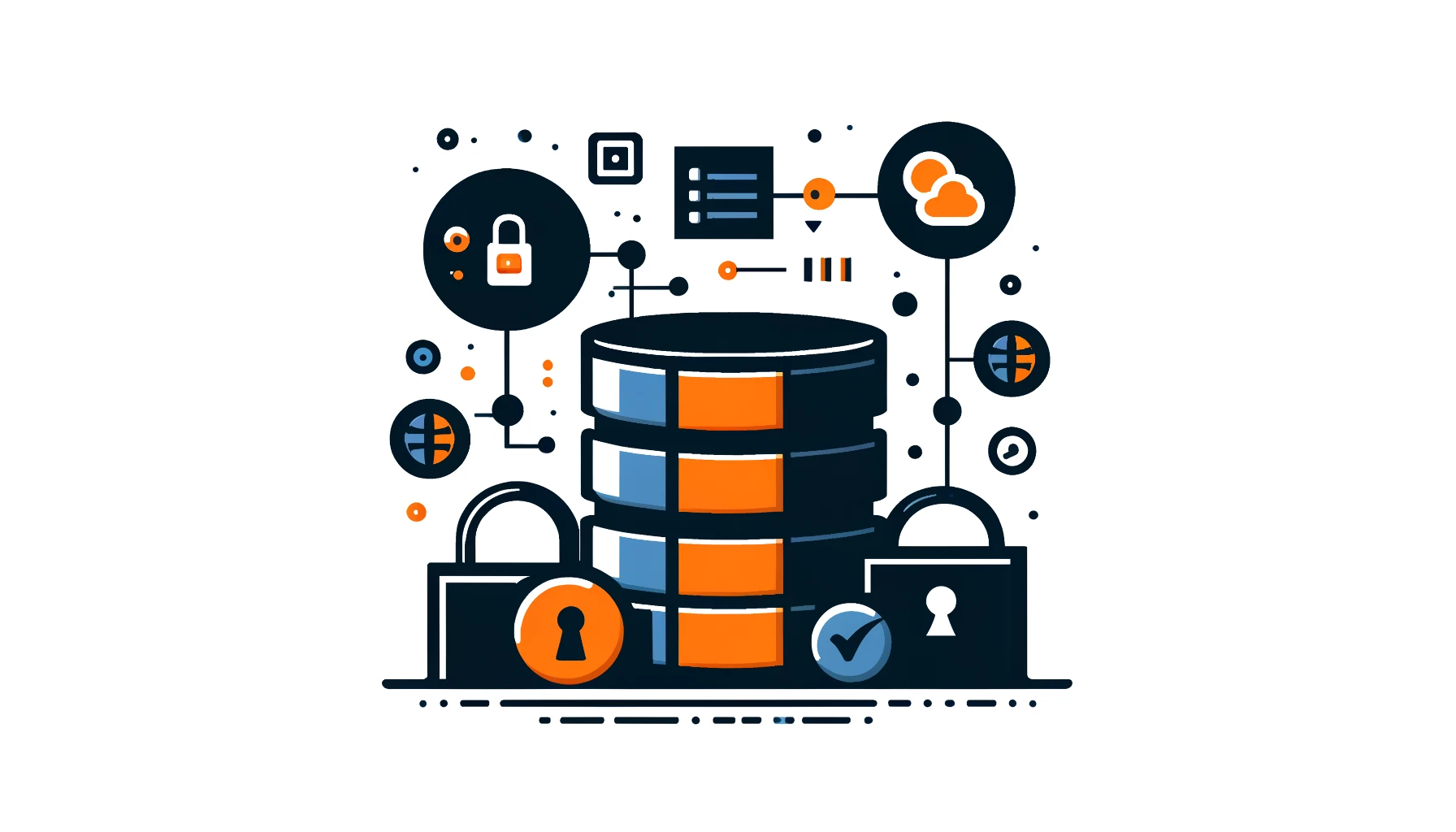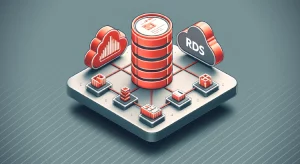
MongoDB Authentication

Introduction
In today’s data-driven world, ensuring the security of your databases is crucial. MongoDB, a popular NoSQL database, offers various authentication mechanisms to protect your data from unauthorized access. This article will discuss MongoDB authentication, various authentication methods, and provide examples of authentication using the MongoDB CLI and Python. It will cover the basics of MongoDB authentication and different ways to authenticate.
I will provide examples on how to authenticate with the MongoDB CLI and Python. At the end of this article, you will learn how to protect your MongoDB data. You will also learn how to manage who can access it by using user credentials.
Understanding MongoDB Authentication
MongoDB authentication is the process of verifying the identity of users or applications attempting to access the database. It ensures that only authorized individuals or systems can interact with your data. MongoDB provides several authentication mechanisms to cater to different security requirements and deployment scenarios.
SCRAM (Salted Challenge Response Authentication Mechanism)
SCRAM, which stands for Salted Challenge Response Authentication Mechanism, is the default authentication mechanism used in MongoDB. It is considered a secure and industry-standard method for verifying user credentials. The mechanism works by sending a challenge to the client, which then responds with a hashed version of the challenge combined with the user’s password. This process ensures that the password is never sent in plain text over the network, enhancing security.
SCRAM allows users to log in with a username and password saved in the MongoDB database. It also supports logging in with external sources like LDAP or Kerberos. This flexibility allows organizations to integrate MongoDB with their existing authentication systems, making it easier to manage user access and credentials across different platforms.
SCRAM is a secure way to authenticate users in MongoDB. It helps protect sensitive data and ensures only authorized users can access the database. Its support for external authentication sources also adds an extra layer of security and convenience for organizations looking to streamline their authentication processes.
X.509 Certificate Authentication
MongoDB allows authentication using X.509 certificates, a widely-used standard for secure communication over the internet. This method requires clients to present a valid X.509 certificate to authenticate themselves to the MongoDB server.
This ensures that only authorized users can access the database. This is very useful in places that already have PKI. It uses the existing infrastructure to provide a smooth and secure authentication process.
Organizations can improve the security of their MongoDB deployments and safeguard sensitive data from unauthorized access by utilizing X.509 certificates. X.509 authentication allows users to access the database using their existing certificates. This eliminates the need for additional passwords or credentials. Overall, X.509 authentication offers a robust and efficient way to secure MongoDB deployments in a variety of environments.
LDAP (Lightweight Directory Access Protocol)
By integrating with LDAP directories for authentication, MongoDB allows organizations to streamline their user management processes. This integration enables MongoDB to authenticate users against the existing LDAP user database, eliminating the need for separate user credentials.
This not only simplifies the authentication process for users but also reduces the administrative burden on IT teams. Additionally, using the organization’s LDAP user database for MongoDB authentication enhances security by ensuring that user access is controlled and managed centrally. Overall, integrating MongoDB with LDAP directories offers a more efficient and secure approach to user authentication within an organization.
Kerberos Authentication
MongoDB’s support for Kerberos authentication enables organizations to seamlessly integrate MongoDB into their Kerberos-based environments. Kerberos is a widely-used network authentication protocol that offers robust security features, including strong authentication and single sign-on capabilities.
Organizations can use Kerberos authentication with MongoDB to make sure only authorized users can access their databases. This also helps simplify user authentication with single sign-on. This integration enhances the overall security posture of MongoDB deployments and helps organizations meet their compliance requirements for data protection. Additionally, by utilizing Kerberos authentication, organizations can streamline their authentication processes and improve the user experience for accessing MongoDB databases.
Example: Authenticating with MongoDB CLI
Let’s take a look at how to authenticate using the MongoDB CLI. Before proceeding, ensure that you have MongoDB installed and running on your system.
Start the MongoDB server with authentication enabled:
mongod --auth
Connect to the MongoDB instance using the mongo shell:
mongo
Create a user account with the necessary privileges. In this example, we’ll create a user named admin with the userAdminAnyDatabase role:
use admin
db.createUser({
user: "admin",
pwd: "password123",
roles: [ { role: "userAdminAnyDatabase", db: "admin" } ]
})Authenticate using the created user credentials:
db.auth("admin", "password123")If the authentication is successful, the command will return 1. You are now authenticated and can perform actions based on the user’s assigned roles and privileges.
Example: Authenticating with Python
Now, let’s see how to authenticate using Python and the PyMongo library. Make sure you have PyMongo installed (pip install pymongo).
from pymongo import MongoClient
# Connect to the MongoDB server
client = MongoClient("mongodb://localhost:27017")
# Authenticate using the admin user credentials
db = client.admin
db.authenticate("admin", "password123")
# Access a database and perform operations
database = client["mydatabase"]
collection = database["mycollection"]
# Insert a document
document = {"name": "John Doe", "age": 30}
collection.insert_one(document)
# Find documents
results = collection.find()
for result in results:
print(result)In this example, we connect to the MongoDB server using the MongoClient and authenticate using the admin user credentials. Once authenticated, we can access databases, collections, and perform various operations such as inserting and querying documents.
PyMongo authentication mechanisms
SCRAM
SCRAM is the default authentication mechanism in MongoDB and is supported by PyMongo. When using SCRAM, you provide the username and password in the MongoDB connection URI or through the authenticate() method.
Example:
pythonCopy codeclient = MongoClient("mongodb://username:password@localhost:27017/mydatabase")or
pythonCopy codeclient = MongoClient("mongodb://localhost:27017")
db = client.mydatabase
db.authenticate("username", "password")X.509 Certificate Authentication
PyMongo supports X.509 certificate authentication. To use this method, you need to configure your MongoDB server with X.509 certificates and provide the appropriate client certificate and private key when connecting using PyMongo.
Example:
pythonCopy codeclient = MongoClient("mongodb://localhost:27017",
ssl=True,
ssl_certfile="/path/to/client.pem",
ssl_keyfile="/path/to/key.pem")LDAP
If your MongoDB server is configured to use LDAP authentication, PyMongo can authenticate using LDAP credentials. You provide the LDAP username and password in the MongoDB connection URI.
Example:
pythonCopy codeclient = MongoClient("mongodb://ldapuser:ldappassword@localhost:27017/mydatabase?authMechanism=PLAIN")Kerberos Authentication
PyMongo supports Kerberos authentication if your MongoDB server is set up with Kerberos. You need to provide the necessary Kerberos configuration and credentials when connecting using PyMongo.
Example:
pythonCopy codeclient = MongoClient("mongodb://localhost:27017",
authMechanism="GSSAPI",
authSource="$external")In the examples, replace “username”, “password”, “ldapuser”, “ldappassword”, and file paths with your actual credentials and paths.
Make sure the way you authenticate with PyMongo matches how you authenticate with your MongoDB server. Be sure to set up your MongoDB server correctly and enter the required login information and settings when connecting with PyMongo.
Controlling Data Access with User Roles
MongoDB uses a role-based access control (RBAC) model to manage user privileges. Roles define a set of permissions that determine what actions a user can perform on the database. MongoDB provides built-in roles and also allows you to create custom roles tailored to your specific security requirements.
Some commonly used built-in roles include:
- read: Grants read-only access to a database.
- readWrite: Grants read and write access to a database.
- dbAdmin: Grants administrative privileges for a specific database.
- userAdmin: Grants privileges to create and manage users and roles within a database.
By assigning specific roles to users, you can manage their access to databases, collections, and operations. This makes sure that users have the necessary permissions to complete their tasks, while adhering to the principle of least privilege.
Conclusion
MongoDB authentication is important for protecting your data and making sure only approved users can use your databases. You can use MongoDB’s authentication methods to keep your data safe and protect your systems from unauthorized access.
These methods include SCRAM, X.509 certificates, LDAP, and Kerberos. Each method serves a different purpose in ensuring the security of your data. By implementing these authentication methods, you can enhance the overall security of your systems.
This article discussed MongoDB authentication basics. It also explained the various authentication methods available. Additionally, it provided examples of authenticating with MongoDB using the CLI and Python. We also talked about how MongoDB uses roles and privileges to control who can access data.
By using the right security measures, you can make sure your MongoDB data is safe and protected.
At DataSunrise, we offer user-friendly and flexible tools for MongoDB database audit, masking, and compliance. Our solutions help you monitor and protect your MongoDB instances, ensuring the security and integrity of your data. Visit our DataSunrise team for an online demo and discover how we can assist you in securing your MongoDB deployments.
